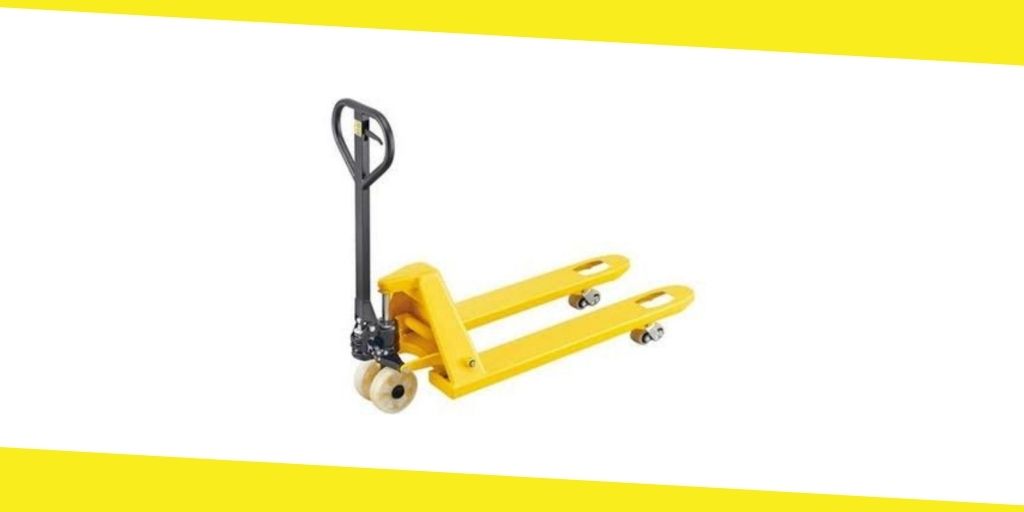Is Post-tension Better Than Rebar?
In this article, you will easily see which is better: either post-tension or rebar. When we talk about the post-tension then it is much better than rebar. Because it eliminates the cracking which further requires no extra joints. Let’s discuss in detail the post-tension, its types, and its applications. From the below, you can get to know why post-tension is better than rebar?

What is post-tension?
Post-tensioning is a method which is used for the reinforcement of the concrete. Before the placement of the concrete, these tendons present the plastic ducts, steel cables. And when the concrete has achieved its strength then these cables are edged outer of the concrete.
The most suitable example of post-tensioning is the tensioning with the bridges. Post-tensioning is used for the bridges which give the geometry requirements, variable superelevation, and changes in grade. Whereas in-stadium it requires an architectural plan. It is a must that for post-tensioning the devices are appropriate. And if there are no adequate devices then the work is not properly done. For getting the most suitable device for the post-tensioning you can check the china hydraulic lifting jack.
Post-tensioning and rebar.
Post-tensioning is better than rebar. There are many advantages of post-tensioning with respect to the rebars. Post-tensioning decreases the cracking which further requires no joints. The cracks which are formed get highly fit together. Post-tensioning also allows structural members and slabs to be more transparent.
Working on a post-tensioning slab:
When the concrete gets compressed and the steel gets tensioned then the post-tensioning slabs work. Loads are applied to building material before fixing the concrete and steel into compression and tension.
Applications of post-tensioning:
- Post-tensioning is used on the soils which move in grade. Like it works on both the expansive or soft soil.
- Post-tensioning also produces crack-free courts.
- It also strengthens the existing structures which will upgrade the seismic forces.
- Post-tensioning is used by the bridges for both the precast segmental construction and cast-in-place concrete. They are durable which also keeps the crack strong.
- Post-tensioning is used in water tanks to reduce leakage and width.
- It also carries a heavy load with the help of jacks.
What are the types of post-tensioning?
There is a wide range of post-tensioning. Discuss in detail the types of post-tensioning.
- Internal bonded tendons:
This is a type in which more than one strand is injected into the plastic. The tendon gets bonded with the filling of the duct. These tendons are installed before the pouring of the concrete. Such an approach is beneficial for the loaded beams in the buildings.
- Internal unbonded tendons:
These tendons are used in the slabs on the ground for the parking and building structures. In this, the concrete is not bonded with the prestressing steel.
- Ground anchors:
Such a type of post-tensioning is used on the tunnel walls and hillsides. These are also used for the upliftment of the towers.
- External unbonded tendons:
The external unbonded tendons are the tendons which are placed on the exterior of the concrete structures. It allows the proper maintenance of the bridge which further enhances the choices for the bridge.
What are the advantages of post-tensioning?
When we talk about post-tensioning then it reduces many of the cracks. And such cracks further require no joints to get them repaired. Post-tensioning is one of the best methods which can be applied to the beams. There are several advantages of post-tensioning above the rebars. These are as follows:
- It eliminates the cracking and leaves no cracks behind.
- There is no need for extra joints after the post-tensioning.
- Cracks which are repaired with the post-tensioning are held tightly together.
- Post-tensioning also allows the slabs on soft soils.
- It makes the structures in a thin form.
- It also designs the spans like the beams and floors.
For post-tensioning, there are many kinds of devices which are used in it. It is a must that you ensure the devices are properly which further leads to good working. You can check the china hydraulic lifting jack for the lifting of the material. Above are some of the advantages of post-tensioning which makes it better than the rebar. Post-tensioning can be applied to the expansive soils.
Is post-tensioning recent?
Post-tensioning is from a great time. And this is the widest construction material for the present bridges. Because the number of bridges is increasing day by day. The china hydraulic lifting jack easily does the tensioning of the tendons. There are all sizes of jack available. You can get the jack which you want either small size or big size. The jacks are of good quality and ensure the proper extension of the tendons.
Conclusion
Post-tensioning is much better than rebar. Post-tensioning reduces the cracking which needs no extra joints. It also strengthens together all the cracks which get filled. It makes the slabs more visible. The post-tensioning works on both expansive and soft soil. It gives power which strengthens the seismic factors. Post-tensioning is beneficial for concrete and segmental construction. As there are many benefits of post-tensioning which are far better than the rebar.
Recommended For You
Weed Strains In Burnaby And Their Uses
Most Inside
Most Inside offers high-quality recommendations and valuable updates to enhance all aspects of your life, providing premium guidance and enriching experiences.




